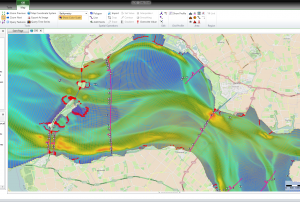Hydrological
Definition
UN-SPIDER Regional Support Offices with hazard-specific expertise
Related content on the Knowledge Portal
For many studies models are used or developed. During modelling courses not much attention is paid to the preprocessing of input data and parameters needed for the models. A lot of open source software is available for this purpose. Besides desktop tools with graphical user interfaces, scripting is very useful for processing large datasets and timeseries. With the skills learned in this course you will be able to more efficiently process your data and setup and improve your models.
Learning objectives
After this course you will be able to:
Understand the basic concepts of GIS Raster, vector, projections, geospatial analysis. Use a GIS for:
- Thematic mapping
- Basic data processing and editing
- Basic geoprocessing and analysis
- DEM processing and catchment delineation
- Find open source software and open data
Course Format
… read more- ESA's Earth Observation Thematic Exploitation Platform (TEP) is a browser for satellite imagery and specific products on an environmental topic. The TEP platforms are divided into 7 categories: Coastal; Forstry; Geohazards; Hydrology; Polar; Urban; and Food Security. Each platform is a collaborative, virtual work environment providing access to EO data and the tools, processors and Information and Communication Technology resources required to work with them. TEP aims to bridge the gap between the users and the data and tools.Publishing institution:


